Wrapping and folding plastic cutlery into a paper napkin makes for a pretty addition to any table, whether you’re getting ready for a big event or just want to spice up a dinner serve at home or even to carry them around.
This is true whether you’re getting ready for a party or not. You can tuck your cutlery away safely in the napkin by rolling it up, or you can wrap it into an attractive pouch. To create an excellent presentation with your plastic silverware, add the color of your choosing and any finishing touches you choose.
Gather the necessary utensils and a square paper napkin. You are welcome to use whatever cutlery or paper napkins you choose. You have the option of using napkins that are either completely white, solid colored, or patterned. Be sure that they have a square form and that they are big enough to hold all of your cutlery.
Make certain that your paper napkins are of a high grade and can withstand repeated use. When folding them, you do not want them to get ripped.
Steer clear of cocktail napkins with a square measurement of less than 9 12 inches (24 cm). Use napkins for lunch or dinner; they are normally square and range in size from 10 to 12 inches (25 to 30 cm), making them suitable for holding cutlery of a standard size.
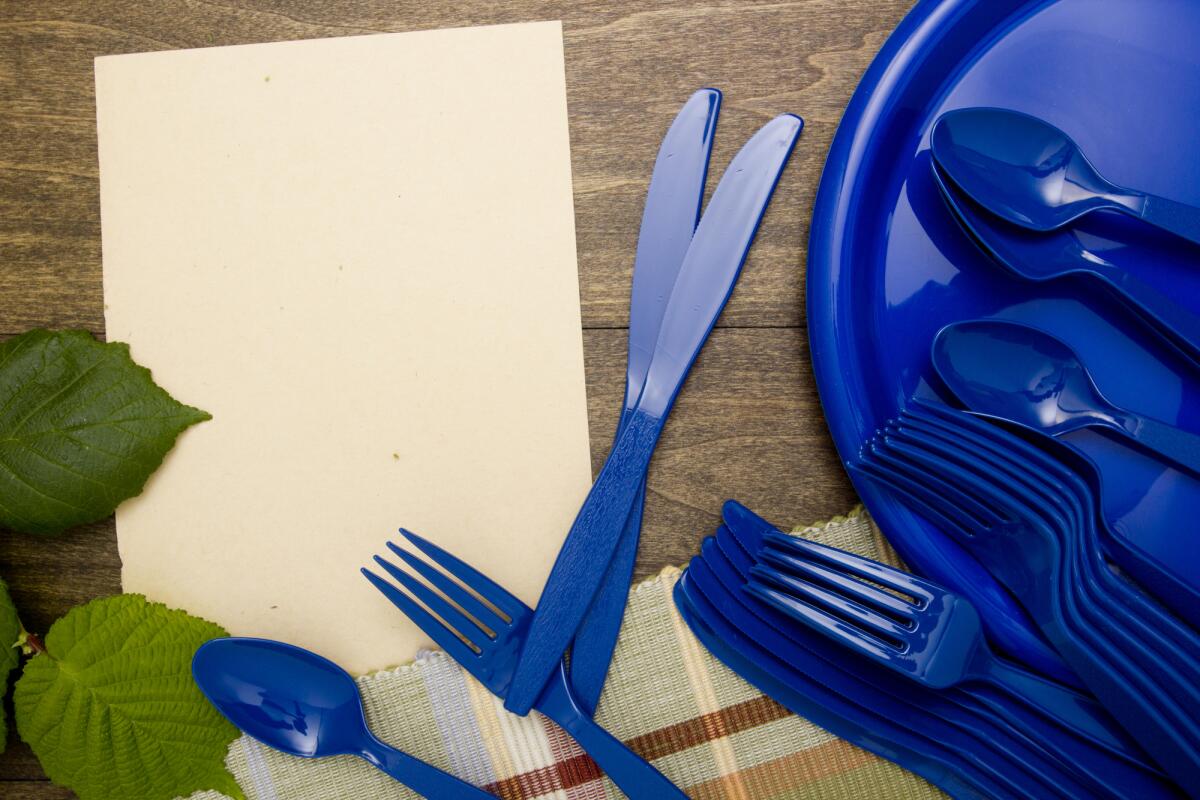
Place the knife so that it is diagonal to the napkin. To get started, lay your napkin out completely flat on the table. Then, lay your knife across the napkin in a direction that is perpendicular to the blade. The tip of the knife should be about an inch and a half beyond the corner point when it is properly positioned (1.3 cm).
It is also crucial to choose where you will position your knife because this will determine how far your cutlery will protrude from the napkin roll once you are finished. Be careful that the knife does not protrude too far from the napkin, since this could cause your silverware to become dislodged.
Place the spoon and fork on top of the knife, and then stack the knife. As soon as your knife is in position, arrange the fork so that it is right on top of it, and then place the spoon so that it is directly on top of the fork.
They ought to be able to be stacked in an orderly fashion, with the bottoms of their handles being parallel to one another. As you proceed to the following stage, be sure to keep a firm grip on the cutlery to prevent it from toppling over.
Over the ends of the silverware, fold the bottom corner of the paper. Using your other hand, grab the bottom corner of the napkin and fold it over the ends of the silverware as you continue to hold the cutlery stack in place.
Because you don’t want your silverware to get knocked over while you’re working on this, be careful that it doesn’t move around. You may need to shift your stack of silverware slightly higher if the lower corner does not fold over.
Roll the silverware in the napkin before bringing a side corner over it and covering it completely. Take hold of one of the side corners of the napkin and fold it over the handles of the silverware in the direction of the other side corner.

Fold it up so that the silverware may fit in there comfortably, but don’t squeeze the napkin too tightly. It is important to keep the napkin from ripping. Once your silverware has been tucked away safely inside the napkin fold, you can finish making your cutlery holder by rolling the napkin over itself.
Put the silverware on a napkin band to keep it from falling over. If you are concerned that your roll of silverware will become unraveled, you can secure it with a band made out of a paper napkin.
Napkin bands can be purchased in a wide selection of colors either in physical stores or on the internet. Because the majority of them come with their own adhesive, all you have to do to apply it is wrap it firmly and securely around the finished napkin roll.
You can discover certain online businesses that allow you to personalize your napkin bands, which is useful if you are planning to use napkin rolls for a wedding or another type of special occasion.
As an additional piece of décor, tie a thread or ribbon around the napkin. By putting a ribbon or string around the roll of napkins, you may give it a touch of your own unique style.
Depending on what looks best to you, you can either tie a basic knot with the ribbon or string, or you can form a bow with the string. If you secured the napkin with a napkin band, you can now knot the string or ribbon around the band’s center to complete the look.
Adjust your display of silverware so that it fits the current season or special event. For a graduation party, for instance, you might make the silverware look like a rolled diploma by wrapping it in a white napkin and tying it with a red ribbon.
If you want to create an attractive silverware display for a buffet, you can put all of your rolled silverware in a basket.
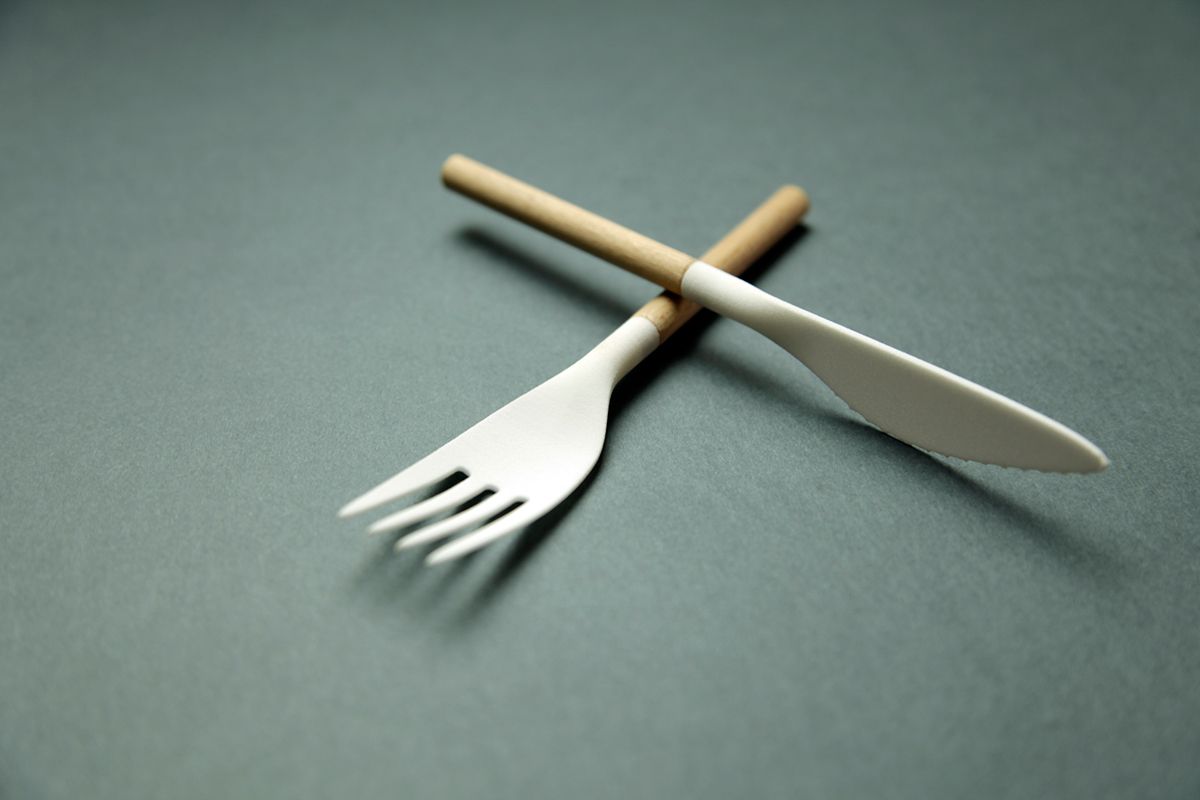
Serve Folding Plastic cutlery
Folding plastic spoons and other cutlery are the ideal for vacation and outdoor use and serve. You should obtain a square napkin in the colors and patterns of you’re choosing.
Choose a style of napkin that features a decorative pattern or picture rather than one that is just plain white if you want to make a decorative napkin pouch for your cutlery. This will give the pouch more personality.
This will give your table an appearance that is both fun and stylish. Particularly around the winter holidays, there is a diverse selection of patterns from which to choose.
Some ornamental paper napkins feature the colors and designs on the exterior, but the inside is blank. These napkins are typically used for serving. Be sure to pay close attention to the instructions so that the correct pattern is displayed on your finished silverware pouch.
You are free to select napkins of any size, but the only requirement is that they have a square shape.
Unfold the napkin and set it on the table so that the printed side is facing up. The paper napkins will already be folded when they are delivered. To get started making your bag, first completely unfold the napkin and lay it face-up on the table so that the printed side is visible.
It is crucial that this be done so that when your pouch is created, the design that you choose to use with your cutlery will be displayed.
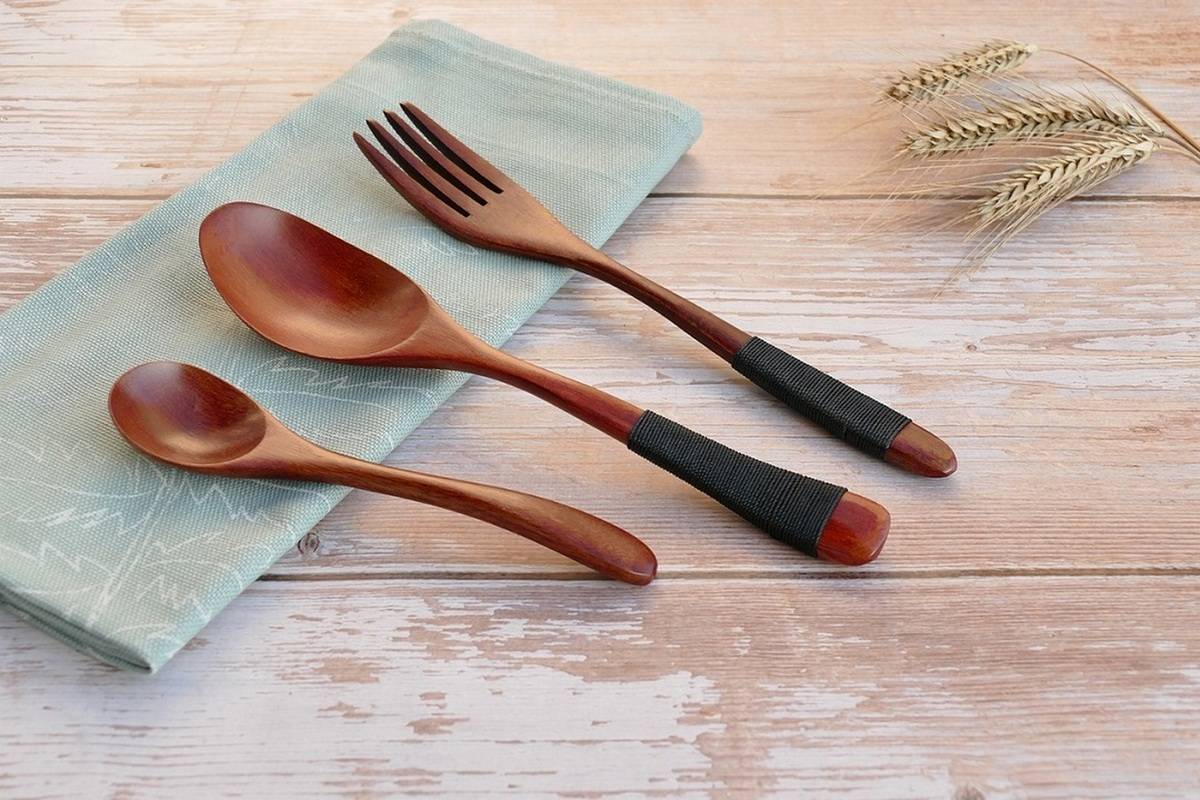
Create a rectangle by folding the napkin in half to form it. Grab the bottom corners of the napkin as it is laid down on the table with the printed side facing up.
Fold along the crease to create a rectangle. The corners that are closest to you should be aligned properly with the ones that are furthest away from you. When it is folded in this manner, the wrong side of the napkin should be facing outward. In other words, the striped design is looking inward toward the room.
Repeat folding the napkin until you get a square shape. After that, given the napkin one more fold by bringing the right side to the left, making sure that the corners stay aligned as you do so.
After unfolding the napkin, you should now have a square that is the same size as the square you started with before you did so. However, at this point in time, the pattern on the napkin ought to be concealed. At this point, the back of the napkin should be facing outward, away from the square, and the fold should be on the correct side.
Be sure to fold along the crease so that the square will be level and straight when you’re through.
The napkin should be folded so that the topmost layer is folded in half diagonally. Once you have your square with the fold on the right side, move the topmost layer of the napkin corner on the left over to the corner on the bottom right.
This will result in a fold that is diagonal, starting from the top right corner and ending in the bottom left corner. After that, you need to press it down to create a crease. The pattern on your napkin will become visible once more after this fold.
After flipping the napkin over, fold the right and left edges into the center of the napkin. Now, pick up the left side of the napkin and flip it over so that the other side is facing up. About one third of the way across the width of the napkin, fold the right side of the napkin in toward the center. After that, repeat steps 1 and 2 on the left side of the paper by folding it over the right side approximately a third of the way. Put some pressure on your folds so that you may create a crease. At this point, you should have a narrow rectangle that has two folds, one of which overlaps the other.
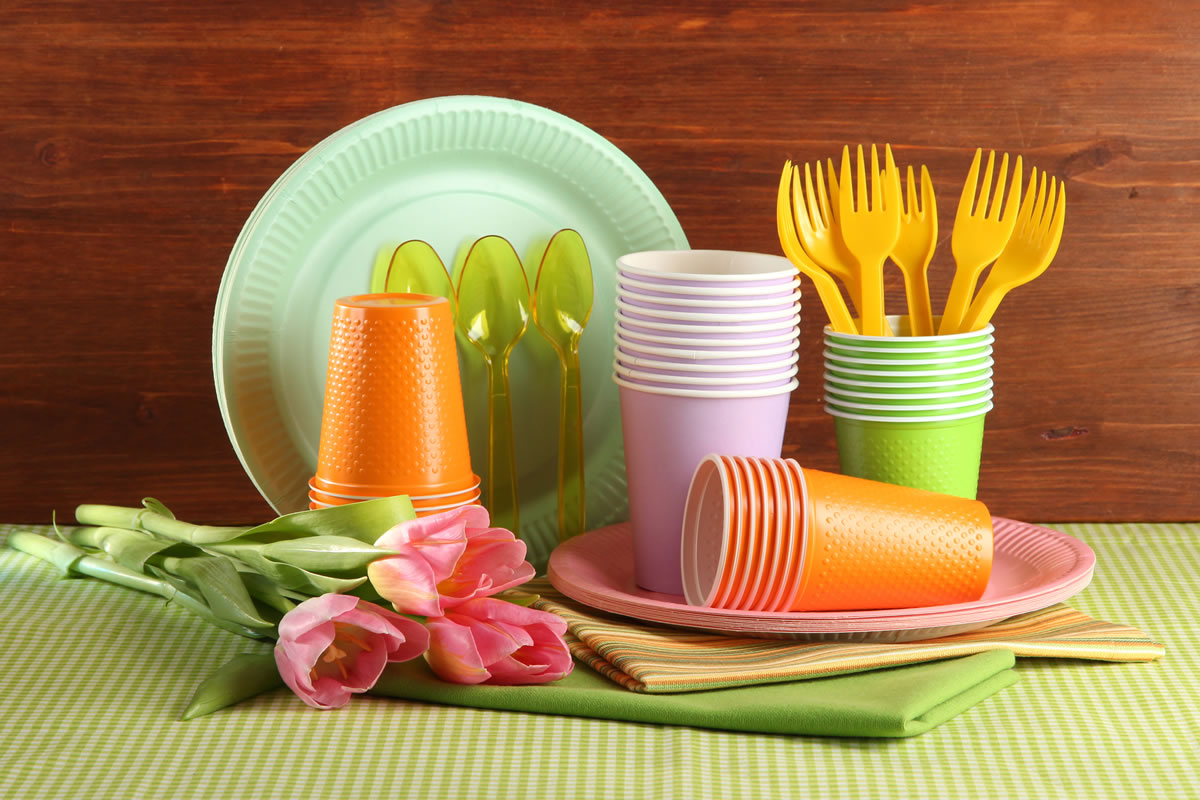
Carry folding plastic cutlery
For serving a plastic cutlery or to carry it in your suitcase in an elegant way, you can use paper napkin in folding way. Rolling the silverware on the table may add just the right amount of flair to the table, whether you are in a restaurant, preparing for a special occasion, or simply wishing to make supper at home a little more appealing.
By securing the silverware in a napkin or pouch, folding it up, and then choosing from a choice of colors and finishing touches, you can create an amazing silverware presentation. The guests would surely notice the effort that was made.
Before we begin, please make sure you have utensils and a square cloth or paper napkin. For this reason, any silverware or paper napkins will suffice. Make sure they have a square shape and are large enough to contain all of the silverware. Make sure the paper napkins are of high quality and can survive continuous use. Allowing them to rip is important while folding them.
The current invention is about eating utensils, specifically spoons that fold into themselves. This application is a continuation-in-part (CIP) of U.S. patent application Ser. No. 13/401,673 filed on February 21, 2012, which claims the benefit of Provisional Application 61/444,745 filed on February 20, 2011, and is incorporated by reference herein. On February 21, 2012, this application was filed.
THE IDEA THAT LEAD TO THE INVENTION’S HISTORY
Paper
Paper is a relatively thin material that is often used for writing, printing, and packing. To make it, moist fibers, usually cellulose pulp derived from wood, rags, or grasses, are squeezed together and dried into sheets that may be bent.
Cardboard
The term “cardboard” refers to any kind of heavy-duty paper. Binder’s board, card stock (a heavy paper used for making cards), corrugated fiberboard (a combination of paperboards, usually two flat liners and one inner fluted corrugated medium, frequently used for making corrugated boxes), display board, poster board, paperboard (a paper-based material frequently used for folding cartons, set-up boxes, carded packaging, and so on), containerboard, folding boxboard, solid bleached board, solid unbleached board, or white lined chip
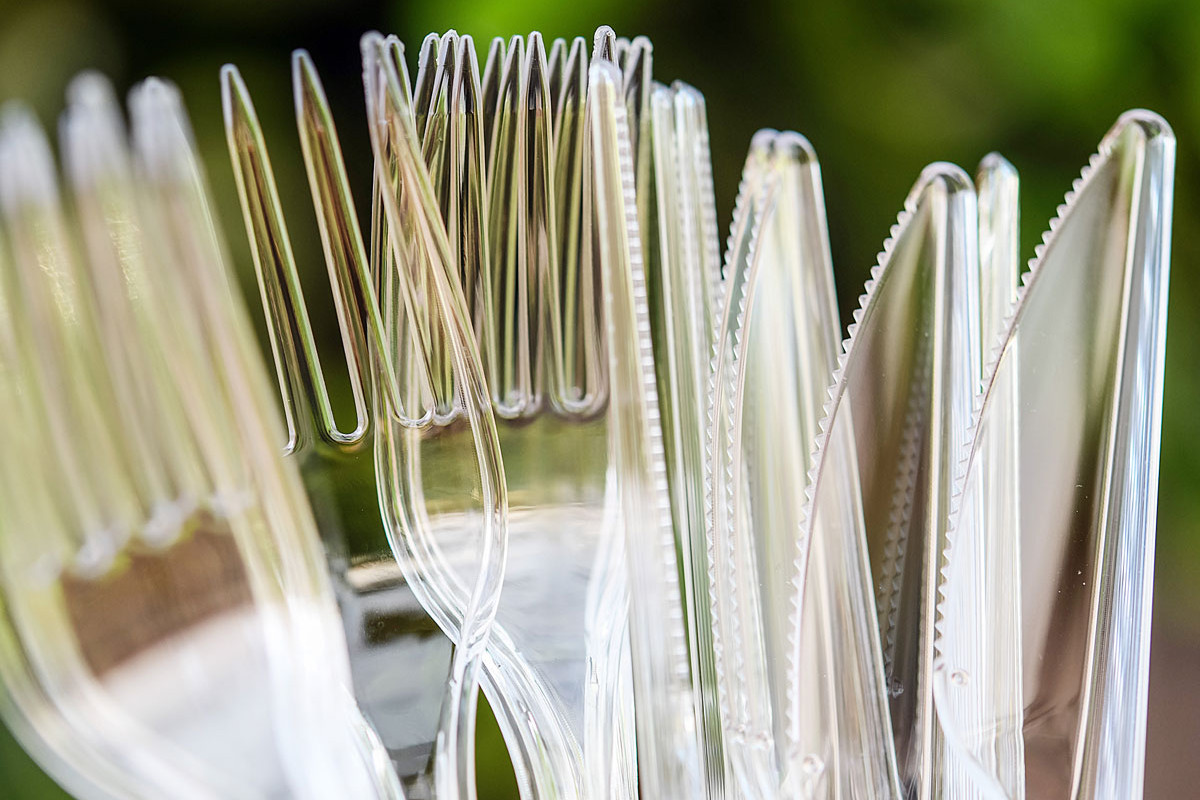
Paperboard
A thick type of paper is used to make paperboard. Despite the fact that there is no visible differentiation between the two forms of paper, paperboard is often thicker than paper (normally above 0.25 mm/0.010 in or 10 points).
Paperboard is defined as paper with a basic weight (grammage) more than 224 g/m2, as defined by ISO standards; however, there are certain exceptions to this norm. Paperboard ply counts can range from one to several. The type of paperboard commonly referred to as boxboard is used in the manufacture of folding cartons and stiff set-up boxes.
Containerboard refers to the paperboards used in the manufacture of corrugated fiberboard. It is commonly used in the packaging sector due to its low weight, simplicity of cutting and molding, and high tensile strength. Graphic printing is another use that might be utilized for items like book and magazine covers, as well as postcards. Cardboard is a broad, colloquial phrase that refers to any thick paper pulp-based board. It is occasionally referred to as cardboard, which is a term used to describe to cardboard.
In the packaging industry, the term “pasteboard” refers to any sort of paperboard, although individual varieties are often referred to using their initials or a shorthand.
The three most common types of retail packaging are SB (solid bleach), CCKB (clay-coated kraft back), and CCNB (clay-coated kraft front) (clay-coated news back). We are making our disposable cutlery in different types of materials. You can order them in your liking however you like them.
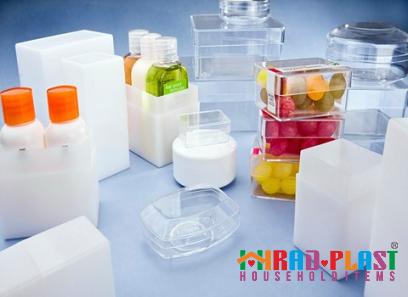

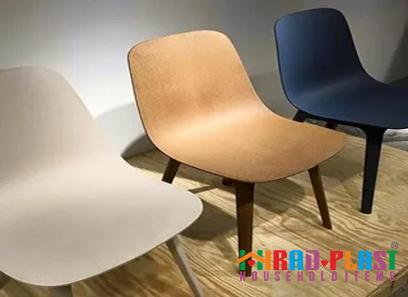
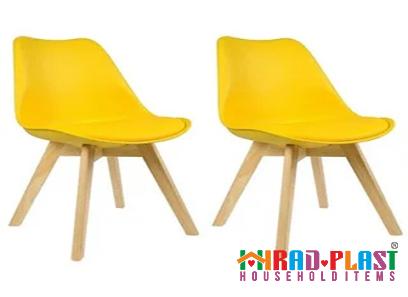
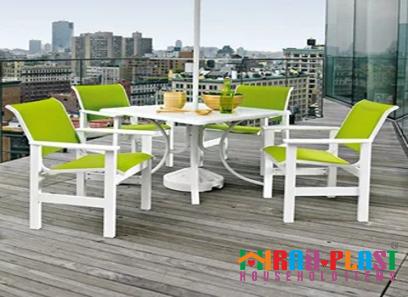
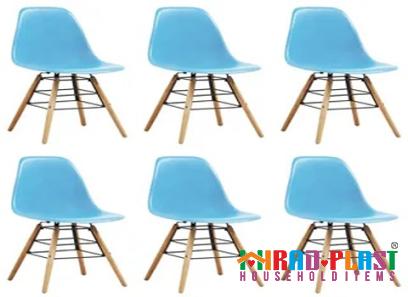

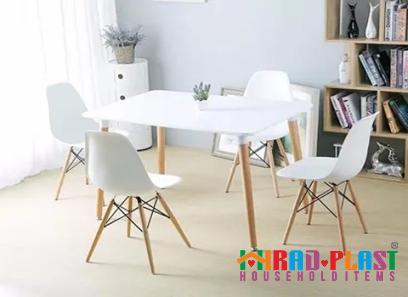

Your comment submitted.